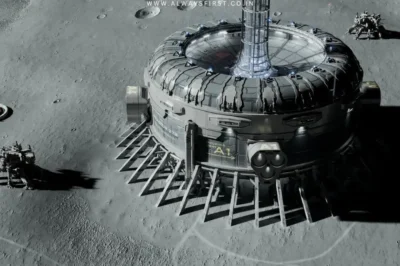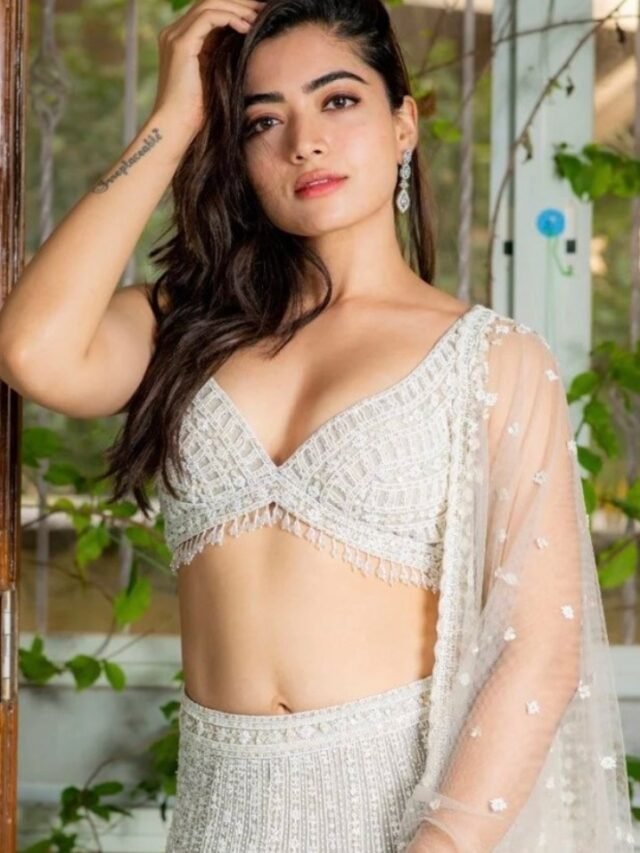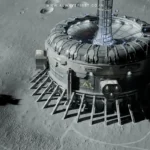In Shorts
- NASA targets a 100 kW lunar nuclear reactor launch by 2030.
- Goal is to power habitats and research facilities during long lunar nights.
- Move counters China–Russia plans for similar Moon-based power systems.
A New Space Race for Energy
NASA has set an ambitious goal: to install a fully operational nuclear fission reactor on the Moon within the next five years. This power system, designed to produce 100 kilowatts of electricity, would be capable of running habitats, research stations, and advanced communication systems for extended lunar missions.
Strategic Competition Heats Up
The timeline isn’t just about technological progress—it’s about global positioning. Other nations, particularly China and Russia, have announced intentions to build similar lunar reactors in the 2030s. NASA’s accelerated schedule aims to ensure that the U.S. arrives first, setting the tone for future lunar governance and access rights.
Why Nuclear, Not Solar?
Solar panels have powered many space missions, but the Moon presents unique challenges. The lunar night lasts around 14 Earth days, leaving solar systems inactive for long periods. A nuclear fission reactor can provide continuous, stable power regardless of sunlight, making it ideal for long-term human presence.
From Concept to Reality
The project builds on years of research into small modular fission systems. Engineers are now working to scale up existing designs to meet the higher power requirements for lunar operations. The reactor will be compact enough to be delivered via future lunar landers and robust enough to operate in the Moon’s extreme temperatures.
Beyond the Moon
If successful, this reactor could do more than power lunar exploration—it could serve as a stepping stone for deep-space missions, including Mars. The technology could also inspire new applications for clean, reliable energy on Earth, especially in remote or disaster-affected regions.









































Leave a Reply